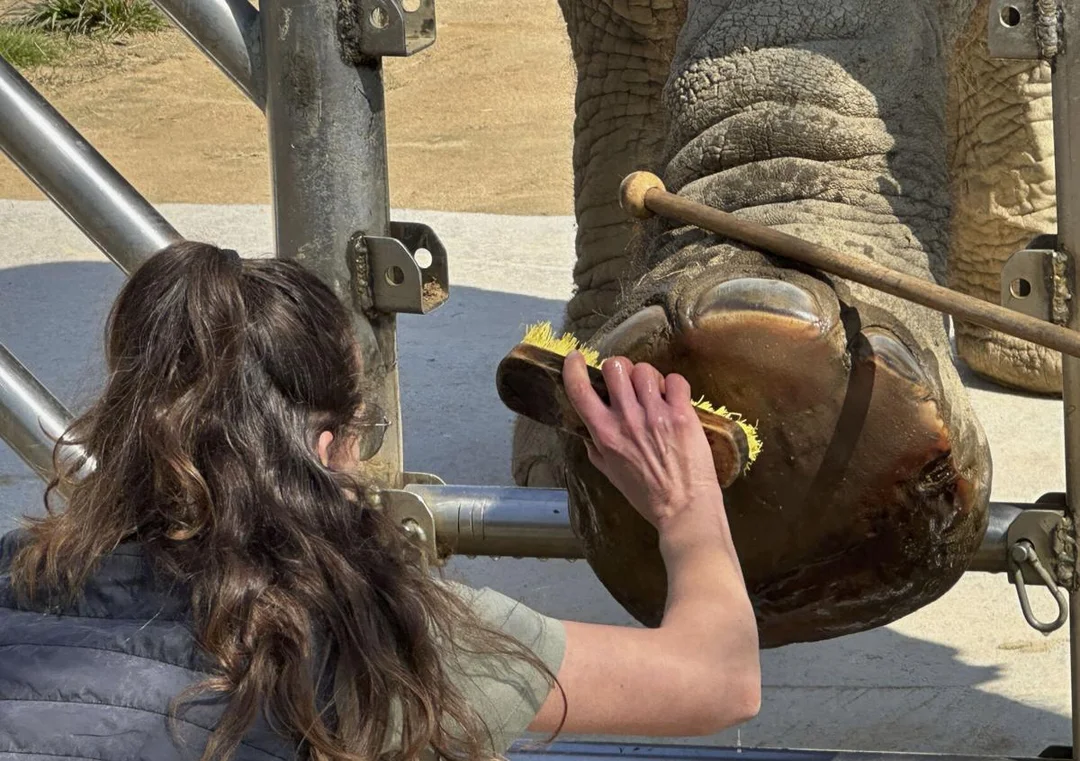
Barcelona Zoo Leads The Way In Dignified Care For Elderly Elephants
A gentle revolution is underway at the Barcelona Zoo, where elderly elephants are receiving the kind of thoughtful, specialized care usually reserved for humans. At the heart of this shift is a new understanding: as animals live longer, partly thanks to world-class veterinary advances, zoos have a responsibility to ensure their twilight years are spent with comfort, dignity, and respect.
Each morning, a remarkable scene unfolds. Bully, a 40-year-old African elephant, extends her massive foot through a barrier for her daily "pedicure," administered kindly by a zookeeper while she snacks on apple slices. This isn’t just pampering — it’s essential geriatric care, reflecting the zoo's pledge that once-wild animals, unsuited for reintroduction, are granted a high quality of life in captivity.
“Sending them back into nature would be an error. It is very likely they wouldn’t survive,” explains Pilar Padilla, head of mammal care, underlying the zoo’s embrace of lifelong responsibility. The Barcelona Zoo is part of a global trend, moving away from outmoded models of exhibition toward conservation and education, with custom habitats like the sprawling Sahel-Savannah that echo natural environments.
Martín Zordan, CEO of the World Association of Zoos and Aquariums (WAZA), voices the new ethos: “Specialized geriatric care is becoming increasingly essential.” Like elderly humans, animals such as Bully require regular health checks, arthritis therapies, adapted diets, and environments gentle on aging bodies. For elephants, whose teeth betray their true age — six sets of molars worn down over a lifetime — losing the last set around 40 means softer food and attentive nursing become daily fare.
Yet the physical is only half the story. The emotional bonds among the zoo’s oldest residents, especially the elephants, are profound. After the recent death of Yoyo, a 54-year-old companion, Susi (now 52 and among the oldest African elephants in captivity) and Bully initially withdrew, refusing food. Thanks to dedicated keepers and ongoing collaboration with the University of Barcelona — in what Padilla calls a pioneering study of inter-elephant grief among non-family members — the pair are recovering, now leaning on each other for comfort and even sharing meals, with Susi stepping into the dominant role once held by Yoyo.
The Barcelona Zoo’s commitment extends to other aging creatures in their care — a 15-year-old wolf, elderly big cats, and even a flock of senior flamingos — reflecting an ethos spreading to zoos worldwide, from Baltimore to Baton Rouge. These advancements provoke a deeper dialogue: how should we honor the lives of animals entrusted to us?
In the end, the Barcelona model raises crucial questions for animal lovers everywhere. Should specialized elder care be the global standard for aging zoo residents? What do we owe the animals that share our world—and our responsibility?
Share your thoughts below: Should zoos everywhere adopt such comprehensive approaches to elderly animal welfare? Let us know your views and stories!